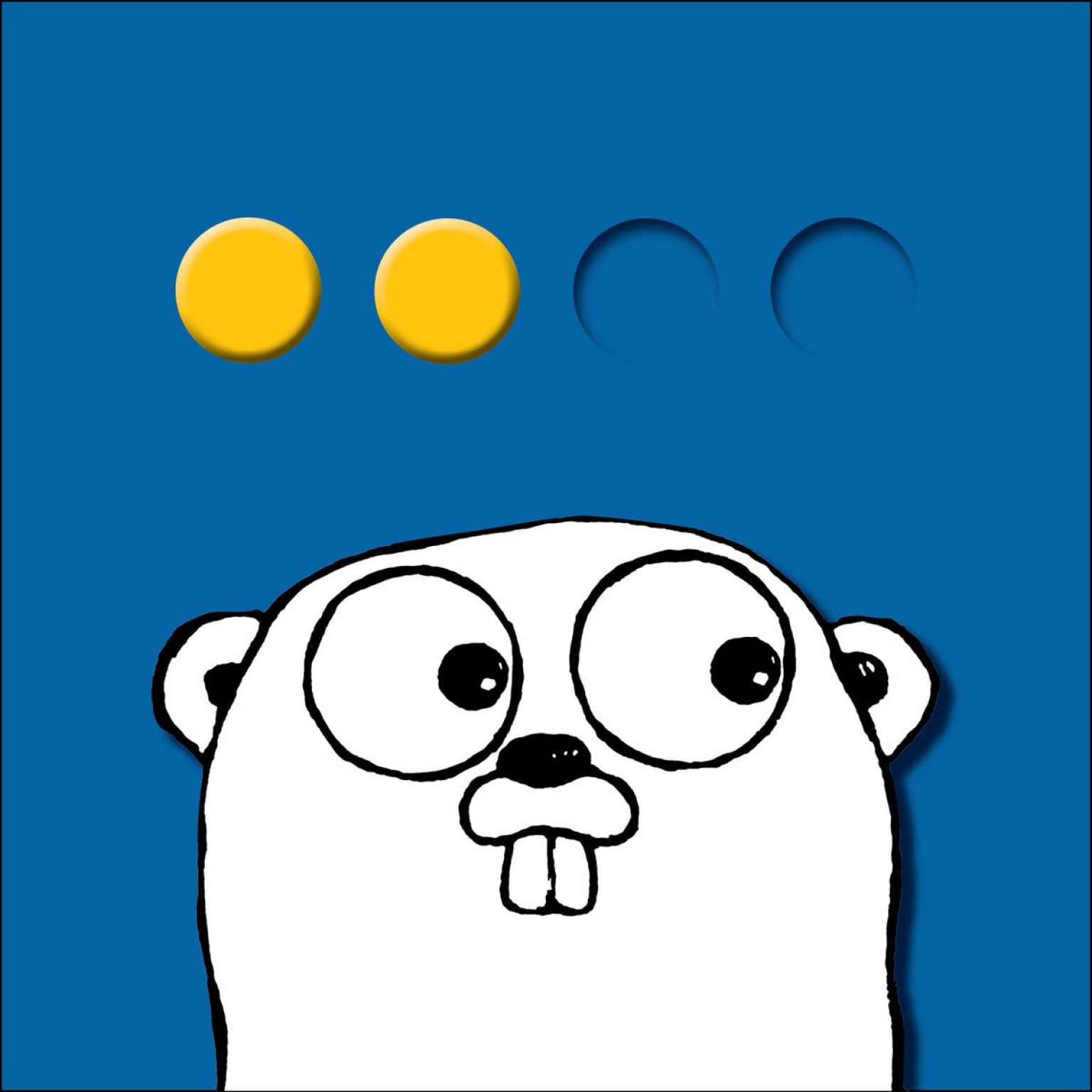
If we set the duration to 1000000000 nanoseconds, this represents 1. time. Duration refers to the time elapsed between two-time objects as an int64 nanosecond count.

it returns the buyDates and the sellDatesįunc calculateMovingAverageTxDates(fastAvgPeriod int, slowAvgPeriod int, firstAllowedBuyDate time.Time, pricesPtr *metric.Metric) (*time.Time, *time. The operands to numeric operations must have the same type unless the operation involves shifts or untyped constants. Id feel dimensionally suspect multiplying a Duration by a Duration. To access ParseDuration () function you need to add a time package in your program with the help of the import keyword. Duration string is a signed sequence of decimal numbers with optional fraction and unit suffix, like 100ms, 2.3h or 4h35m. This function returns an integer value after comparing two strings lexicographically. This package provides a ParseDuration () function which parses a duration string.


calculateMovingAverageTxDates determines the buy and sell dates for a unit based on moving average crossovers Using Compare() method: Golang has a built-in string function called Compare() that we can use to compare two strings.


 0 kommentar(er)
0 kommentar(er)
